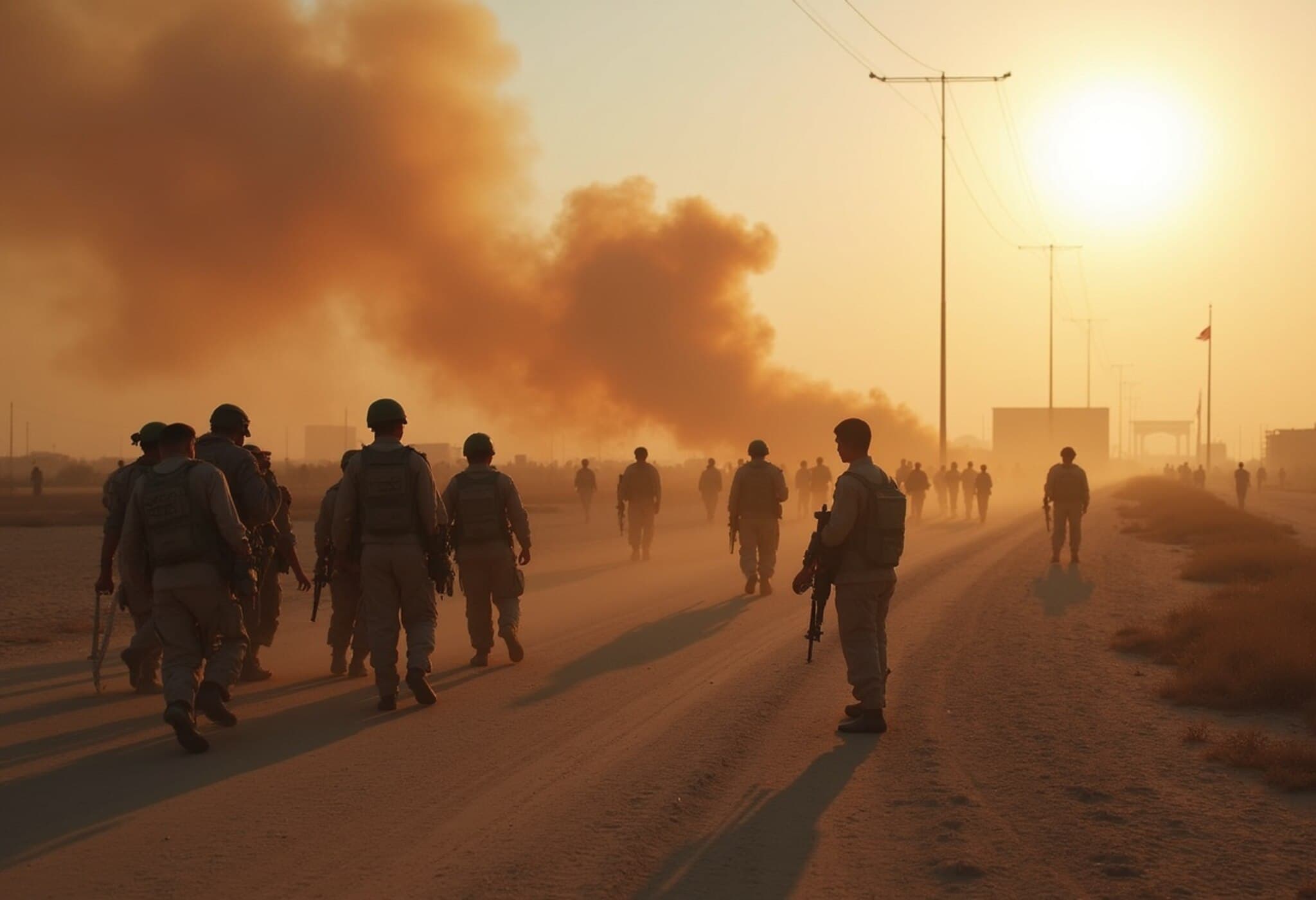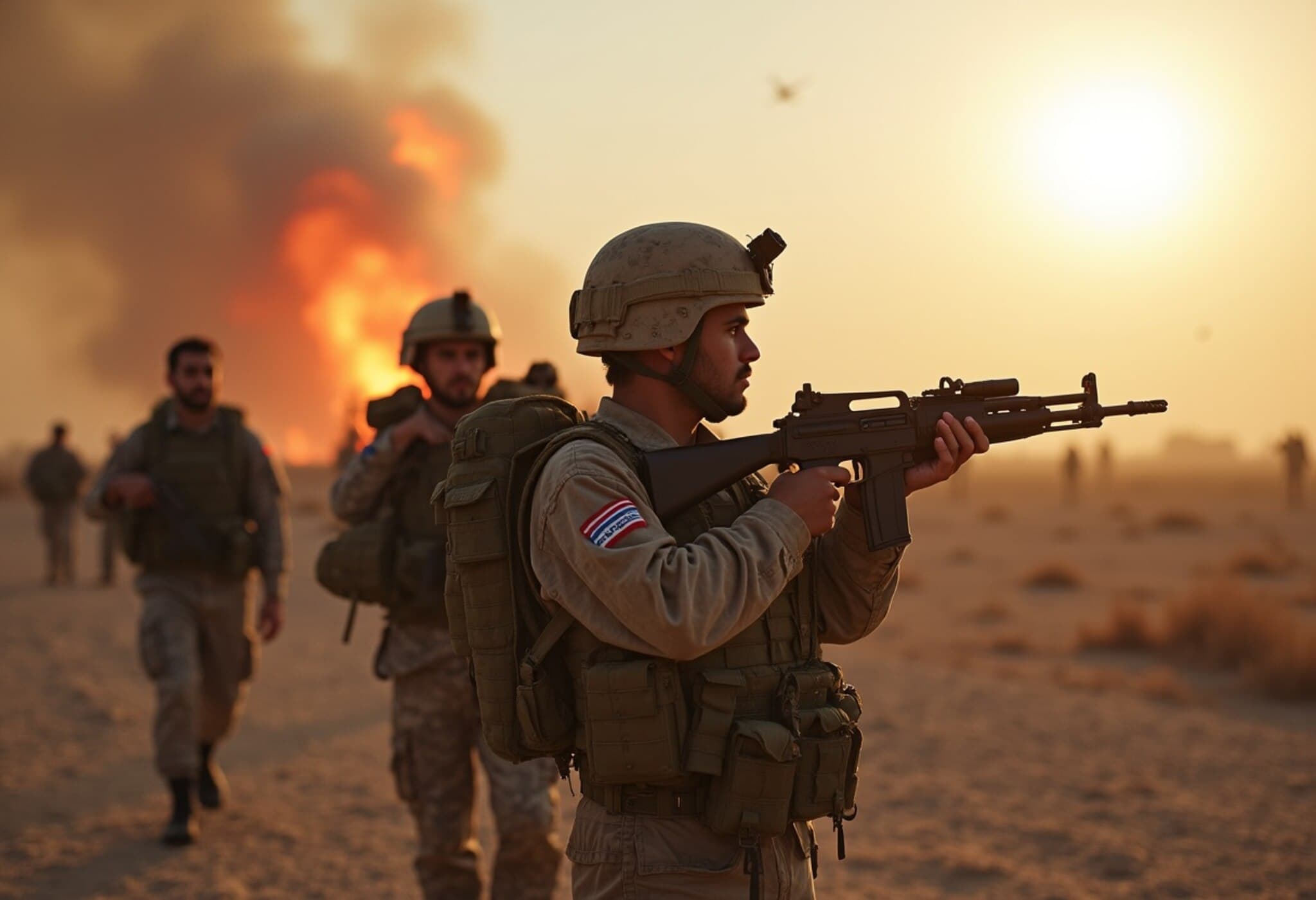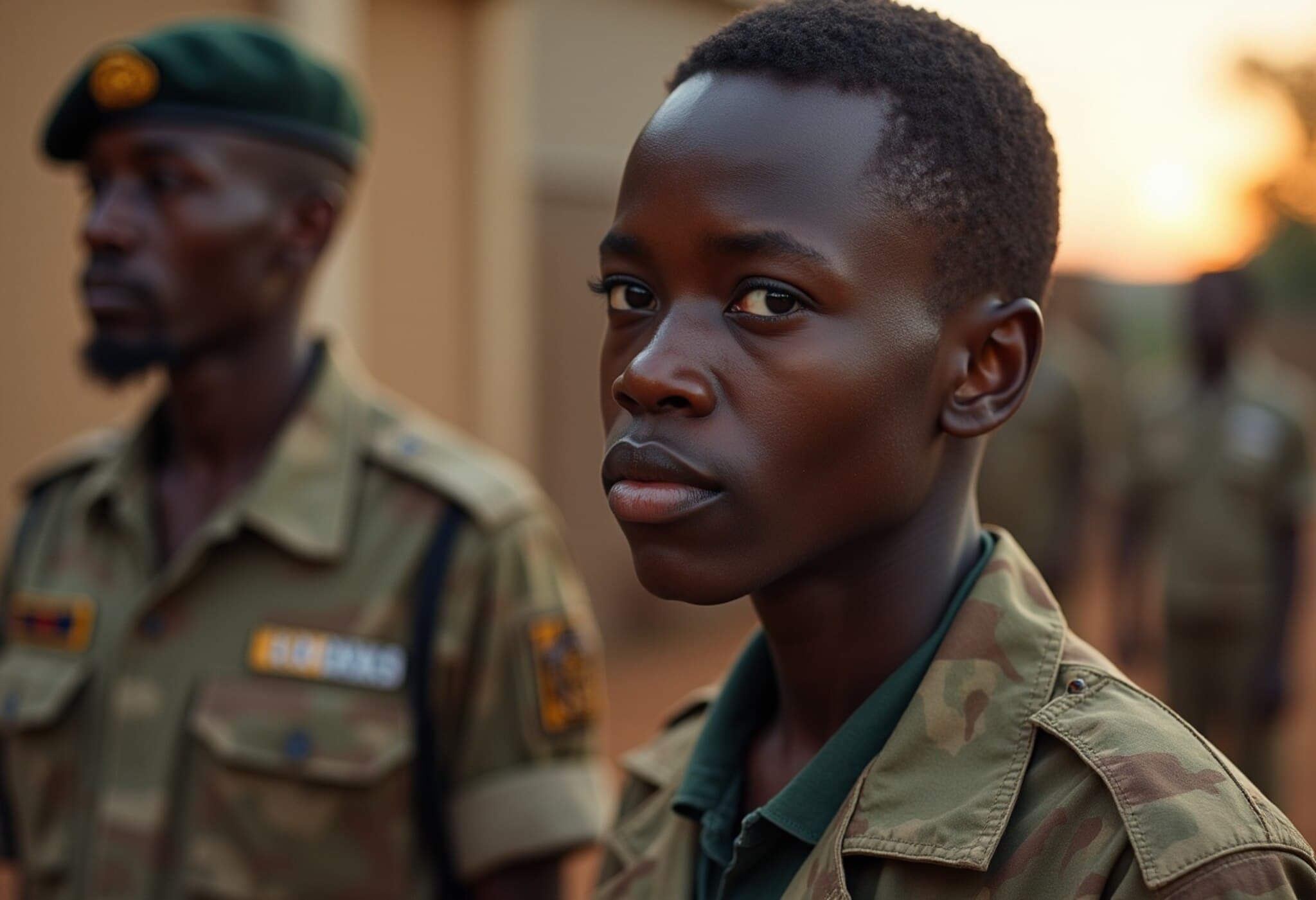Israel's Strategic Airstrikes on Syrian Soil: A Closer Look
In a shocking escalation that reverberated through the Middle East this week, Israeli fighter jets conducted multiple airstrikes on targets deep within Syria's capital, Damascus. The attacks, which struck the Syrian defense ministry and areas near the presidential palace, represent a significant intensification of tensions between the two countries.
Israel has openly stated that the objectives were to thwart Syrian government advances in the southern province of Sweida, a region primarily populated by the Druse minority, a religious and ethnic group with strong historical and political significance in the region.
Damascus Under Fire: Targets and Impact
The strikes hit central Damascus where a military compound housing the Syrian defense ministry and general staff headquarters sustained considerable damage. Israeli officials indicated this compound served as a coordination hub for Syrian military operations in Sweida.
Casualties included at least one civilian killed and 18 injured, according to the Syrian health ministry. The Syrian Observatory for Human Rights reported significant destruction in the government district, while eyewitnesses described scenes of chaos and panic as missiles rained down. An employee inside the defense ministry described repeated airstrikes and people still trapped beneath the rubble.
Beyond Damascus, Israel confirmed launching further strikes targeting Syrian soldiers and military assets directly within the Sweida region.
Unpacking the Sweida Conflict: Why Israel Intervened
Sweida, nestled in southern Syria, is the stronghold of the Druse community—an Arabic-speaking, ethno-religious minority scattered across Syria, Lebanon, Israel, and the Golan Heights. The Druse have historically maintained a precarious autonomy in Syria, and members in Israel have strong ties to their kin across the border.
The recent outbreak of violent clashes began when Bedouin tribal members reportedly attacked a Druse man, igniting unrest. The Syrian government’s deployment of troops to suppress the uprisings has been fraught with controversy, with allegations of bias toward the Bedouin attackers. Israel, citing its commitment to protect the Druse minority, warned Damascus to withdraw its forces. The failure of de-escalation led to Israel’s military response.
A Complex Web: The Druse Minority’s Regional Significance
The Druse constitute approximately 3% of Syria’s population, numbering around half a million, and about 152,000 in Israel. Their faith, an offshoot of Shia Islam dating back to the 11th century, includes elements of secrecy and close-knit communal identity.
In Israel, Druse citizens serve prominently in public and military roles, symbolizing integration and loyalty within the Israeli state—traits that contrast sharply with their often vulnerable position in Syria. During the lengthy Syrian civil war, Druse militias in Sweida have attempted to maintain neutrality and self-rule, resisting both Assad’s regime and Islamist insurgents.
The Larger Political Landscape in Syria
Since December, Syria has seen a regime change: President Ahmed al-Shara replaced Bashar al-Assad. While al-Shara enjoys some support from factions formerly opposed to Assad, including those reportedly engaging in discreet talks with Israel facilitated by the United States, the Syrian state’s control remains fragile. Trust deficits linger, especially among minorities like the Druse, who question the sincerity of government promises.
The current violence epitomizes the volatile nature of Syria’s fractured political scene, where sectarian divides, geopolitical rivalry, and ethnic loyalties intertwine with devastating human costs.
Humanitarian Toll and Ongoing Strife in Sweida
Fighting in Sweida has brought dire humanitarian consequences. Hospitals face critical shortages of medicine and supplies, infrastructure including power and internet connectivity is intermittently cut, and many civilians remain trapped amid the chaos.
In a recent development, Syria’s interior ministry announced a truce brokered with local leaders, aiming to end hostilities, withdraw government forces, and restore state governance. U.S. Secretary of State Marco Rubio affirmed American involvement in mediating this fragile peace.
Historical Context: Repeated Flashes of Sectarian Violence
The Sweida unrest is not an isolated incident but part of a pattern of minority-focused conflicts arising after Assad’s fall. Noteworthy episodes include:
- March: Violent clashes along Syria’s coast resulted in over 1,600 deaths, mainly affecting Alawite populations.
- May: Dozens of Druse were killed near Damascus amid sectarian violence.
These episodes illustrate the fragility of Syria’s social fabric and the persistent challenges in reconciling its diverse communities under a single national framework.
Expert Insight: Regional Implications and Future Outlook
From a geopolitical standpoint, Israel’s strikes signal a determination to influence events directly impacting its security interests, particularly the welfare of the Druse minority, which constitutes a sensitive cross-border issue.
Experts suggest that, while Israel publicly frames its operations as protective, such military actions risk escalating broader conflicts given Syria’s alliances with Iran and proxy forces. Moreover, the involvement of external actors in Syria’s internal crisis complicates prospects for lasting peace.
Analysts caution that the new Syrian government’s fragile legitimacy means that managing minority grievances and foreign interventions remains critical to preventing further destabilization.
Conclusion: A Fragile Peace in a Fractured Land
The recent airstrikes and ongoing clashes underscore the precarious situation in Syria’s Sweida region—a microcosm of the country’s complex sectarian, ethnic, and geopolitical disputes. With international involvement deepening and local communities bearing the heaviest burdens, the path forward demands careful diplomacy, respect for minority rights, and robust humanitarian responses.
Editor’s Note
As the world watches the unfolding drama in Sweida, this conflict raises pressing questions: How can Syria's minorities be genuinely protected amid fractured governance? What role should neighboring countries and international powers play to avoid further escalation? And crucially, can lasting peace be forged in a region where history has bred deep mistrust?
This analysis encourages readers to consider not only the immediate headlines but the broader human and political dimensions that will shape the future of Syria and the region.













